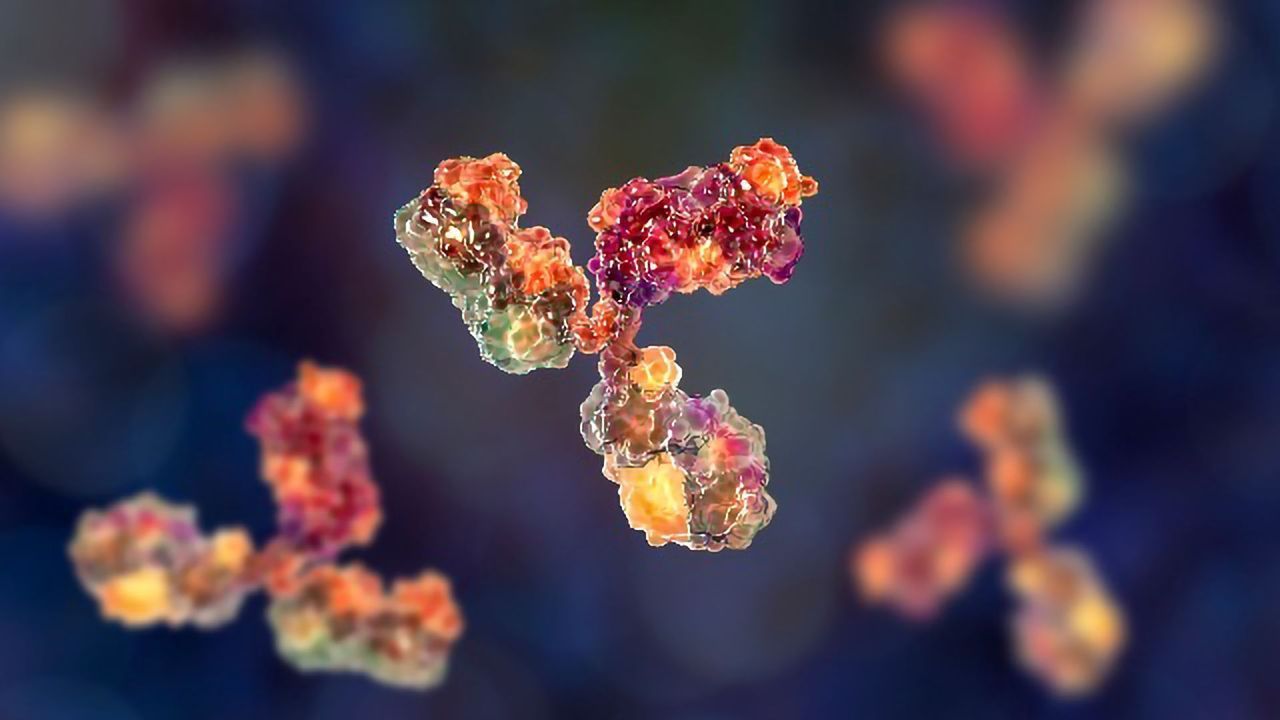
Monoclonal antibodies are synthetic antibodies prepared in the laboratory. They have eased many procedures in medicine, from diagnostics to therapies. But many are still confused about the origin of these therapeutic drugs. Monoclonal antibody development requires recombinant proteins. These are produced by a single clone of cells that recognize only one kind of antigen.
Recombinant protein is a manipulated form of protein made entirely to exploit the desired product to its full potential. A gene on the recombinant DNA strand transcribes a monoclonal antibody.
Table of Contents
What are monoclonal antibodies?
Antibodies (Abs) are warriors of our body’s immune system. But some chronic diseases can weaken our immune system to the level that it fails to produce enough antibodies. To overcome the situation, biotechnologists came up with fabricated antibodies called monoclonal antibodies.

These molecules strengthen the immune system by mimicking the natural antibodies produced by our body. These are more efficient than natural antibodies. Because they have a high affinity for a single binding site of the antigen to identify it. On the other hand, natural Abs have to combine with multiple complementarity-determining regions.
In this way, they can target any specific antigen within no time. They are proven effective in the cure of chronic diseases like cancer.
How are monoclonal antibodies made?
The production of these antibodies involves mice or any other similar organisms being injected with the antigen of disease to be treated. It produces the desired antibodies, but mouse’s monoclonal antibodies cannot be directly introduced to humans as our body will identify them as foreign particles.
The steps in the production of monoclonal antibodies with hybrid cultures are mentioned below:

(i) First of all, a mouse, rat, or other animal is injected with a specific antigen (against which the antibodies are required).
(ii) The animal starts developing antibodies against the antigen in B-lymphocyte cells in the spleen.
(iii) The spleen of the animal is removed, and its B-lymphocyte cells are isolated.
(iv) Similarly, the cells producing bone marrow cancer (myeloma cells) are secluded. These cells should not be able to synthesize their nutrients.
(v) Then myeloma cells and antibody-producing cells are made to fuse in cultures. The fused cell mass is known as hybridomas.
(vi) The hybridomas and fused cell mass are shifted to a medium that is deficient in the nutrient needed by the myeloma cells. So that myeloma cells cannot survive. Myeloma cells will die in this medium and only hybridoma cells will survive.
(vii) The surviving hybridoma cells multiply separately, and each clone is tested if it can produce the desired antibody.
(viii) The clones which show positive results are isolated. And then, cultured for large-scale production of the antibody.
Monoclonal antibodies are specific for specific antigens and can be easily cultured outside the body. These antibodies are, therefore, more effective and ideal for the diagnosis of some particular diseases. These are also helpful in the immune suppression for kidney transplantation.
How does monoclonal antibody therapy work?
Modern medicine has evolved significantly when it comes to the treatment of chronic diseases like cancer. And one of its most versatile weapons used by doctors these days is Y-shaped proteins called monoclonal antibodies.
Our immune systems already produced their antibodies. Our body produces them in numerous variations specific to a specific target such as a particular toxin-bacteria, or virus.
But it was the 1970s when scientists realized that they could produce these molecules in mass to treat diseases. They can take any specifically targeted antibody and make enormous numbers of identical clones. That means we can fabricate monoclonal antibodies for almost any ailment.
One of the most promising uses of monoclonal antibodies is in the treatment of cancer. Our body’s immune system isn’t defenseless against it. Our immune system makes CTL type of white blood cell that can detect infected or mutated cells. And when it finds it injects toxic molecules in it that initiate a self-destruct sequence.
But CTL cells can cause damage to healthy cells too if they get over-enthusiastic. Fortunately, the CTLs turns off by activation of a molecule called PD1. However, this turning off switch sometimes can be manipulated by cancer cells. Many cancer cells protect themselves with a counter receptor called PDL.
Here come in monoclonal antibodies. Scientists can use monoclonal antibodies in two ways. They are of two types of monoclonal antibodies. One is that binds to the PD1 molecule preventing it from turning off. Another one goes for the PDL counter receptor and deactivates it.
Conclusion:
Monoclonal antibodies are synthetic molecules created with the help of recombinant DNA technology that helps in several ways in medicine.
It has already proven effective against a whole range of cancers. Yet there is more still being developed with their ability to be targeted at specific diseases. Monoclonal antibodies are proving out to be a game-changer in the treatment of cancer.
However, scientists are continuously working to develop proficient recombinant antibodies for other deadly diseases too.
